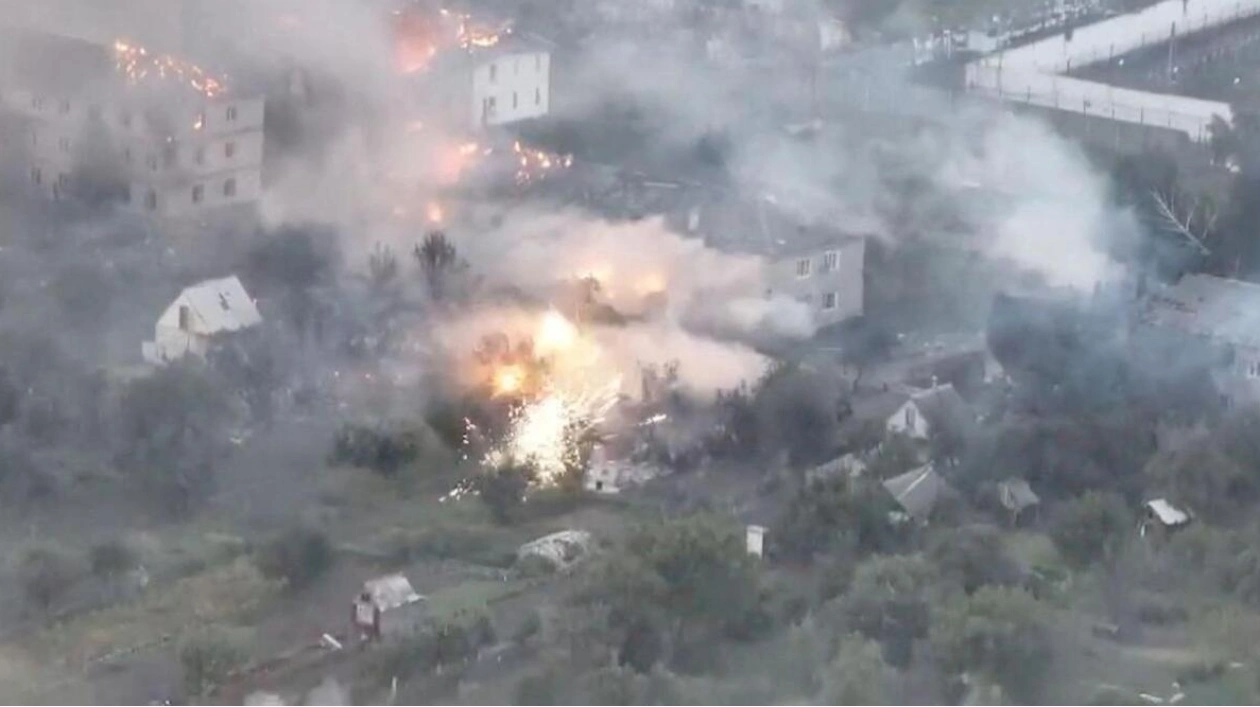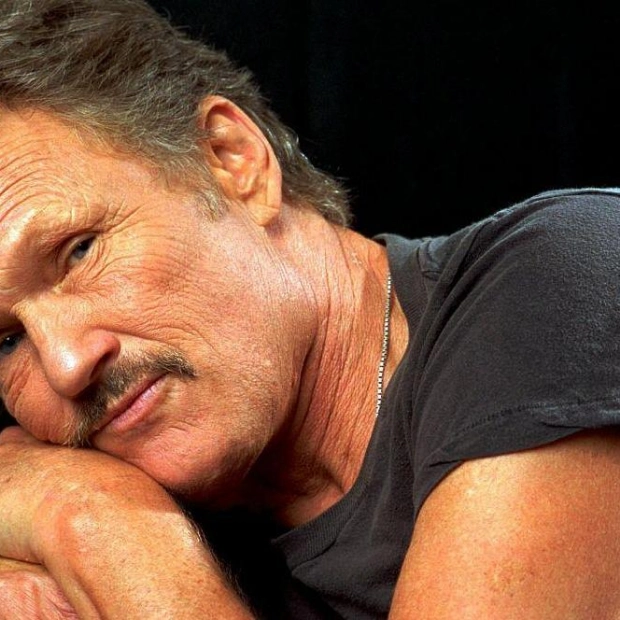Ukraine announced on Wednesday that it was using US-made weapons to destroy Russian pontoon bridges in the Kursk region as part of its defense strategy. Moscow, meanwhile, claimed that its forces had successfully halted Ukraine's advance in the area and made progress in eastern Ukraine. Since crossing into the Kursk region on August 6, Ukraine has claimed multiple battlefield victories, despite Russia's continued pressure on its troops, who have been engaged in conflict for over two years.
A video released by Ukrainian special forces displayed successful strikes on several pontoon bridges in the Kursk region, where Russia reports that Ukraine has destroyed at least three bridges over the Seym river. The Ukrainian Special Operations Forces stated on Telegram, 'Where do Russian pontoon bridges 'disappear' in the Kursk region? Operators ... accurately destroy them.' Ukraine's Foreign Ministry highlighted that Kyiv's territorial gains in the Kursk region exceed those made by Moscow within Ukraine this year, labeling the situation an escalation.
Ukraine's incursion into the Kursk region on August 6 aimed to compel Moscow to reallocate troops from other fronts. Despite this, Russian forces have maintained their advances. The Russian defense ministry reported capturing the settlement of Zhelanne, located less than 20km east of the transport hub Pokrovsk. While Ukraine's military has not directly addressed Russia's advances near Pokrovsk, it has reported intense combat in the vicinity.
Major General Apti Alaudinov, commander of Chechnya's Akhmat special forces and deputy head of the defense ministry's military-political department, informed Rossiya state television that Ukrainian forces had been halted in the Kursk region. 'We halted them and started pushing them back,' Alaudinov said, noting that Ukrainian forces were regrouping and might launch a new attack, though he provided no further details. Russia has consistently claimed to have halted the Ukrainian offensive, while Ukraine asserts it has captured 92 settlements over an area of more than 1,250 square km.
The incursion has provided a significant morale boost to the Ukrainian military, which has not achieved notable gains on its own territory since late 2022. Roman Kostenko, secretary of the Ukrainian parliament's national defense committee, stated that Russia's primary focus remains capturing the Donetsk region, despite the incursion, and that it is not withdrawing forces from near Pokrovsk for reinforcements. 'The enemy indeed began to transfer some troops... But they have a principal position - not to withdraw troops from the Pokrovsk direction,' he was quoted as saying by Espreso.TV media.
Reuters could not independently verify a Ukrainian video showing drone strikes on military trucks and other locations described as a Russian munitions warehouse and an electronic warfare complex in the Kursk region. However, Reuters was able to confirm the destruction of at least one pontoon crossing. This crossing, located about 14km from the border, was operational between August 14 and 17 but was gone by August 19, according to satellite imagery. Smoke was visible in the area on that day.
The Ukrainian statement indicated that US-manufactured Himars rocket systems were used to disrupt Russian logistics in the Kursk region, marking Kyiv's first official acknowledgment of using this weapon during the incursion. Washington has not directly commented on the use of US-made weapons in the Kursk region, maintaining that US policies remain unchanged and that Ukraine is defending itself against Russia's ongoing full-scale invasion. Although Western allies have prohibited Ukraine from conducting long-range strikes with Western weapons inside Russia, they have permitted Kyiv to target border areas since Russia's new offensive on the Kharkiv region this spring.
Alaudinov stated that Russia believes the Kursk operation was planned by Ukraine's general staff with the involvement of the United States and Britain. Russia's Foreign Intelligence Service (SVR) claimed to have evidence that the incursion was planned with the participation of the intelligence services of the United States, Britain, and Poland. The United States has denied any knowledge of the Ukrainian operation.






